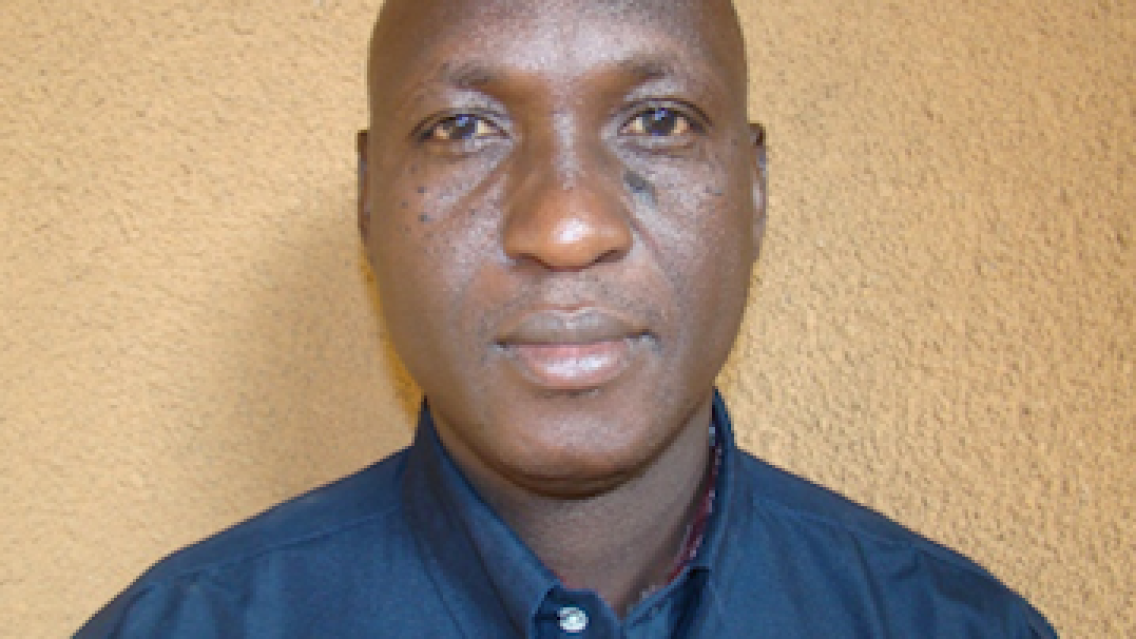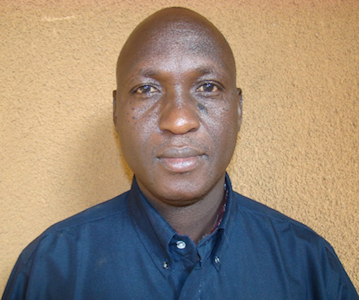Agriculture and Food Security Thematic Lead Interview - Issaka Lona

Name/Title
Dr. Issaka Lona, Thematic lead, food security and agriculture, weather and climate, and water resources and hydro-climatic disasters.
 |
What is your educational background?
I have a doctorate in geography (climatology) from the University of Niamey in Niger, and a master's in planning and management of natural resources (also from the University of Niamey). In addition, I am an application engineer of meteorology (class II WMO) from the Hydrometeorological Institute of Training and Research in Oran, Algeria.
What do you do in your current position? What are you working on now?
I am the thematic lead on food security and agriculture, weather and climate, and water resources and hydro-climatic disasters. I also work closely with the science and data and user engagement leads in the identification, design, and implementation of services focused on user requests related to my thematic areas.
What are the biggest agriculture/food security challenges in West Africa? How can GIS and remote sensing technologies help address these problems?
The biggest issues facing agriculture and food security in this region are drought, flooding, and desert locusts - in both Niger and across West Africa. The consequences of these challenges are chronic food insecurity, problems in sustainable management of natural resources, and population migration.
GIS and remote sensing technologies can help address these problems through crop and drought monitoring, monitoring desert locust breeding and swarming areas, monitoring groundwater extraction (for irrigation), flood mapping, and the mapping/monitoring of damage in current disaster areas.
What specific tools and technologies are you using to solve these?
Google Earth Engine (times series, CHIRPS, NDVI), Synthetic Aperture Radar (SAR) data, satellite images, and data gathered on the ground.
What do you find unique about your work with SERVIR?
The service planning approach is unique in my work with SERVIR – a very innovative way to design and deliver services to users, involving stakeholders at the very beginning of the process. In addition, the use of high resolution images and the capacity building aspects of SERVIR make this program innovative.
How will SERVIR and the wider GIS community benefit from the new services and applications you are developing?
By capitalizing and scaling-up the services and applications being developed from across West Africa and at other SERVIR hubs.
What are some of the main achievements of your work so far in this thematic area?
I want to note that I have only recently taken over these thematic areas, so it is still too early to discuss achievements. I just started to implement these services:
- Monitoring of areas at risk of desert locust swarming in the western region: P-Locust
- Development and management of a system to produce and disseminate information on groundwater in Maradi and Zinder (Niger) with Mercy Corps Niger
- Improvement of flash flood risk management in West Africa and the Sahel
- Improvement and dissemination of short / medium-term and seasonal forecasts.
Is there anything else you would like to share with our readers?
What I want to share with readers is my willingness to collaborate with anyone who has an interest in my thematic areas. I would also like to mention my other work as the manager of the CILSS platform on climate change and sustainable land management.
I also co-manage the CILSS platform on best practices.

